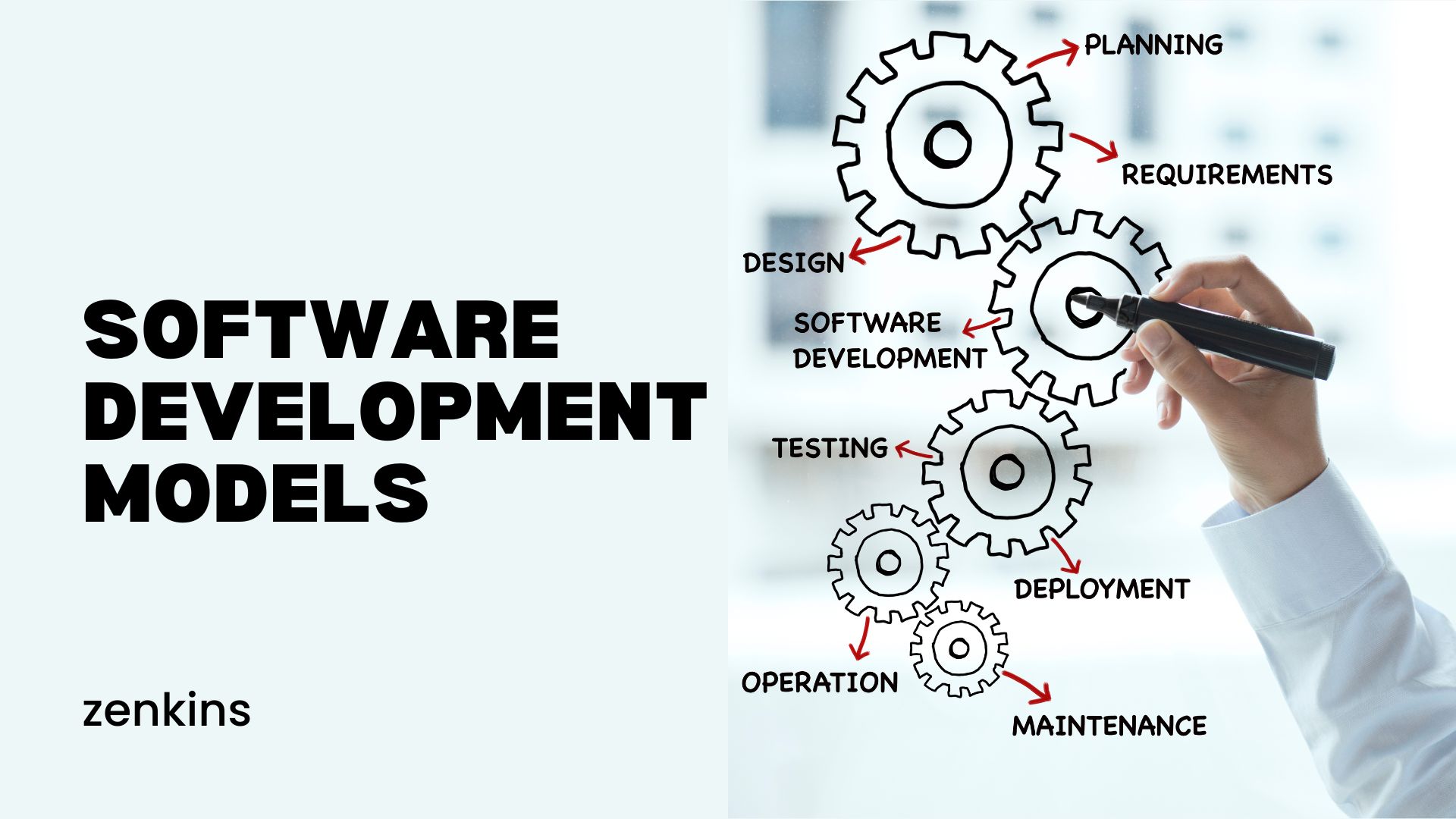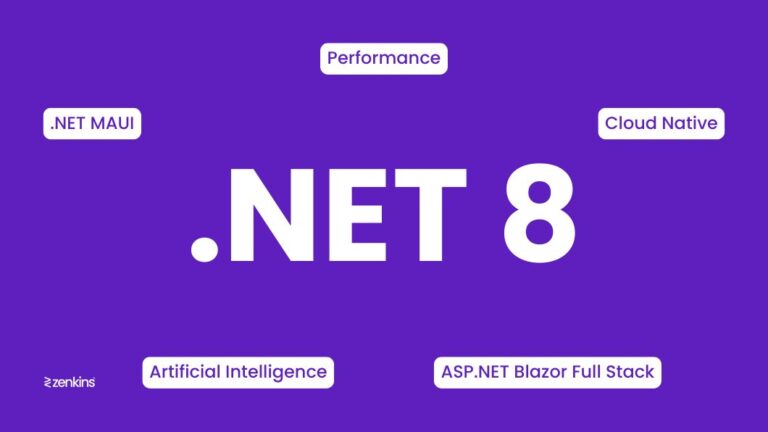-
Table of Contents
- Introduction
- What Are the Different Types of Software Development Models?
- How to Choose the Right Software Development Model for Your Project
- The Pros and Cons of Waterfall, Agile, and Hybrid Software Development Models
- How to Manage Software Development Projects Using the Right Model
- Best Practices for Ensuring Project Success with the Right Software Development Model
- Conclusion
Introduction
Choosing the right software development model is one of the most important decisions a project manager can make. It can have a significant impact on the success of the project, as well as the cost and timeline. This comprehensive guide will provide an overview of the different software development models, their advantages and disadvantages, and tips for selecting the right model for your project. It will also discuss the importance of communication and collaboration between stakeholders, and how to ensure that the chosen model is implemented effectively. By the end of this guide, you will have a better understanding of the different software development models and how to choose the right one for your project.
What Are the Different Types of Software Development Models?
Software development models are frameworks used to structure the development of software applications. These models provide a set of guidelines and processes that help to ensure the successful completion of a software project. There are several different types of software development models, each with its own advantages and disadvantages.
The Waterfall Model is one of the oldest and most widely used software development models. It is a linear approach that follows a sequential process, with each phase of the project building upon the previous one. This model is best suited for projects with well-defined requirements and a clear scope.
The Agile Model is a more flexible approach to software development. It is based on the idea of iterative development, where the project is broken down into smaller chunks and each chunk is developed and tested separately. This model is best suited for projects with rapidly changing requirements and tight deadlines.
The Spiral Model is a combination of the Waterfall and Agile models. It follows a cyclical process, where each phase of the project is broken down into smaller tasks and each task is developed and tested separately. This model is best suited for projects with complex requirements and tight deadlines.
The Rapid Application Development (RAD) Model is an iterative approach to software development. It is based on the idea of rapid prototyping, where the project is broken down into smaller chunks and each chunk is developed and tested quickly. This model is best suited for projects with rapidly changing requirements and tight deadlines.
The Component-Based Development Model is a software development model that focuses on the reuse of existing components. It is based on the idea of modular programming, where the project is broken down into smaller components and each component is developed and tested separately. This model is best suited for projects with complex requirements and tight deadlines.
How to Choose the Right Software Development Model for Your Project
When it comes to software development, selecting the right model for your project is essential. The model you choose will determine the timeline, cost, and quality of the final product. To ensure the success of your project, it is important to understand the different software development models and how they can be applied to your project.
The most common software development models are the Waterfall Model, the Agile Model, and the Spiral Model. Each model has its own advantages and disadvantages, so it is important to consider the specific needs of your project before making a decision.
The Waterfall Model is a linear approach to software development. It involves breaking the project down into distinct phases, such as requirements gathering, design, coding, testing, and deployment. This model is best suited for projects with well-defined requirements and a clear timeline.
The Agile Model is an iterative approach to software development. It involves breaking the project down into smaller chunks and delivering them in short cycles. This model is best suited for projects with changing requirements and tight deadlines.
The Spiral Model is a combination of the Waterfall and Agile models. It involves breaking the project down into distinct phases, but each phase is iterative and can be revisited as needed. This model is best suited for projects with complex requirements and tight deadlines.
When selecting the right software development model for your project, it is important to consider the timeline, budget, and complexity of the project. Each model has its own advantages and disadvantages, so it is important to weigh the pros and cons of each model before making a decision. Additionally, it is important to consider the skills and experience of your development team when selecting a model.
By understanding the different software development models and how they can be applied to your project, you can ensure the success of your project and create a high-quality product.
The Pros and Cons of Waterfall, Agile, and Hybrid Software Development Models
Waterfall Software Development Model
Pros:
1. This model is easy to understand and implement.
2. It is well-structured and organized, allowing for a clear plan of action.
3. It is suitable for projects with well-defined requirements and objectives.
4. It is cost-effective since it requires fewer resources and less time.
Cons:
1. It is not suitable for projects with changing requirements.
2. It is difficult to make changes once the development process has begun.
3. It is not suitable for complex projects.
4. It is not suitable for projects with tight deadlines.
Agile Software Development Model
Pros:
1. It is suitable for projects with changing requirements.
2. It is flexible and allows for quick changes.
3. It encourages collaboration between the development team and the customer.
4. It is suitable for complex projects.
Cons:
1. It requires more resources and time.
2. It is difficult to plan and manage.
3. It is not suitable for projects with well-defined requirements and objectives.
4. It is not suitable for projects with tight deadlines.
Hybrid Software Development Model
Pros:
1. It combines the best features of both the Waterfall and Agile models.
2. It is suitable for projects with changing requirements.
3. It is flexible and allows for quick changes.
4. It is suitable for complex projects.
Cons:
1. It requires more resources and time.
2. It is difficult to plan and manage.
3. It is not suitable for projects with well-defined requirements and objectives.
4. It is not suitable for projects with tight deadlines.
How to Manage Software Development Projects Using the Right Model
Software development projects can be complex and challenging to manage. To ensure successful outcomes, it is important to select the right model for the project. The model chosen should be tailored to the specific needs of the project and should be based on the project’s goals, timeline, budget, and resources.
The most common models used for software development projects are the Waterfall Model, the Agile Model, and the Spiral Model. Each of these models has its own advantages and disadvantages, and the right model should be chosen based on the project’s specific needs.
The Waterfall Model is a linear approach to software development. It is a sequential process that moves from one phase to the next in a linear fashion. This model is best suited for projects with well-defined requirements and a fixed timeline. It is also well-suited for projects with a limited budget and resources.
The Agile Model is an iterative approach to software development. It is based on the idea of continuous improvement and focuses on delivering working software quickly. This model is best suited for projects with rapidly changing requirements and tight deadlines. It is also well-suited for projects with limited resources and budgets.
The Spiral Model is a combination of the Waterfall and Agile models. It is a cyclical process that moves from one phase to the next in a spiral fashion. This model is best suited for projects with complex requirements and tight deadlines. It is also well-suited for projects with limited resources and budgets.
When selecting the right model for a software development project, it is important to consider the project’s goals, timeline, budget, and resources. Each model has its own advantages and disadvantages, and the right model should be chosen based on the project’s specific needs. By selecting the right model, software development projects can be managed more effectively and efficiently, resulting in successful outcomes.
Best Practices for Ensuring Project Success with the Right Software Development Model
Project success is dependent on many factors, but one of the most important is the software development model chosen. The right model can help ensure that the project is completed on time, within budget, and with the desired results. Here are some best practices for ensuring project success with the right software development model:
1. Understand the project requirements: Before selecting a software development model, it is important to understand the project requirements. This includes the scope of the project, the timeline, the budget, and the desired outcomes. This will help to ensure that the right model is chosen for the project.
2. Research different models: Once the project requirements are understood, it is important to research different software development models to determine which one is best suited for the project. This includes researching the pros and cons of each model, as well as the cost and timeline associated with each.
3. Choose the right model: After researching the different models, it is important to choose the one that best meets the project requirements. This includes considering the cost, timeline, and desired outcomes. It is also important to consider the team’s experience and expertise with the chosen model.
4. Monitor progress: Once the model is chosen, it is important to monitor the progress of the project. This includes tracking the timeline, budget, and desired outcomes. This will help to ensure that the project is on track and that any issues are addressed quickly.
By following these best practices, organizations can ensure that they select the right software development model for their project and that the project is completed on time, within budget, and with the desired results.
Conclusion
Choosing the right software development model is essential for project success. It is important to consider the project requirements, the team’s skills and experience, and the budget when selecting a model. The Waterfall, Agile, and Iterative models are the most popular models used today, and each has its own advantages and disadvantages. Ultimately, the right model should be chosen based on the project’s specific needs and goals. With careful consideration and research, the right model can be selected to ensure project success.




